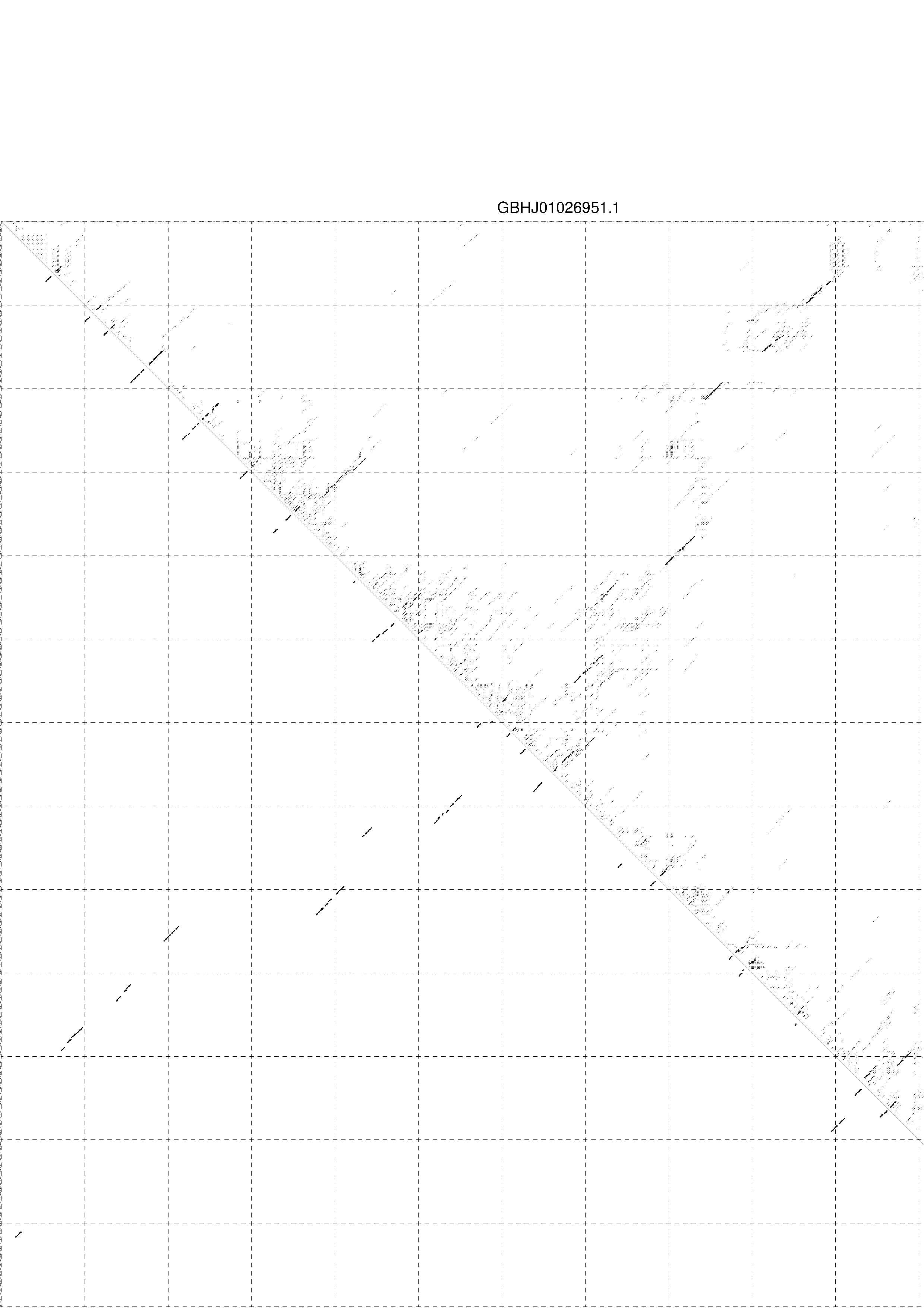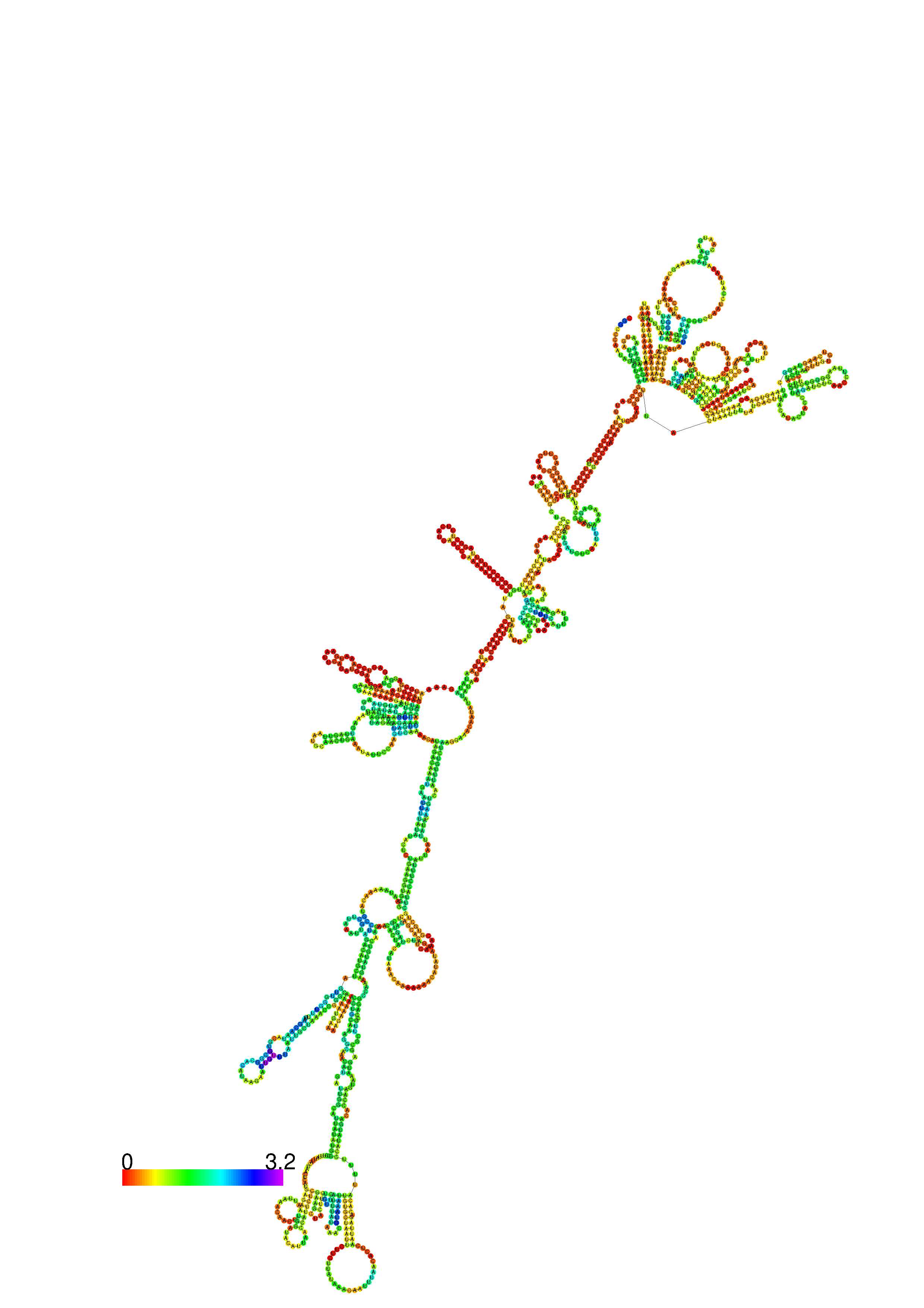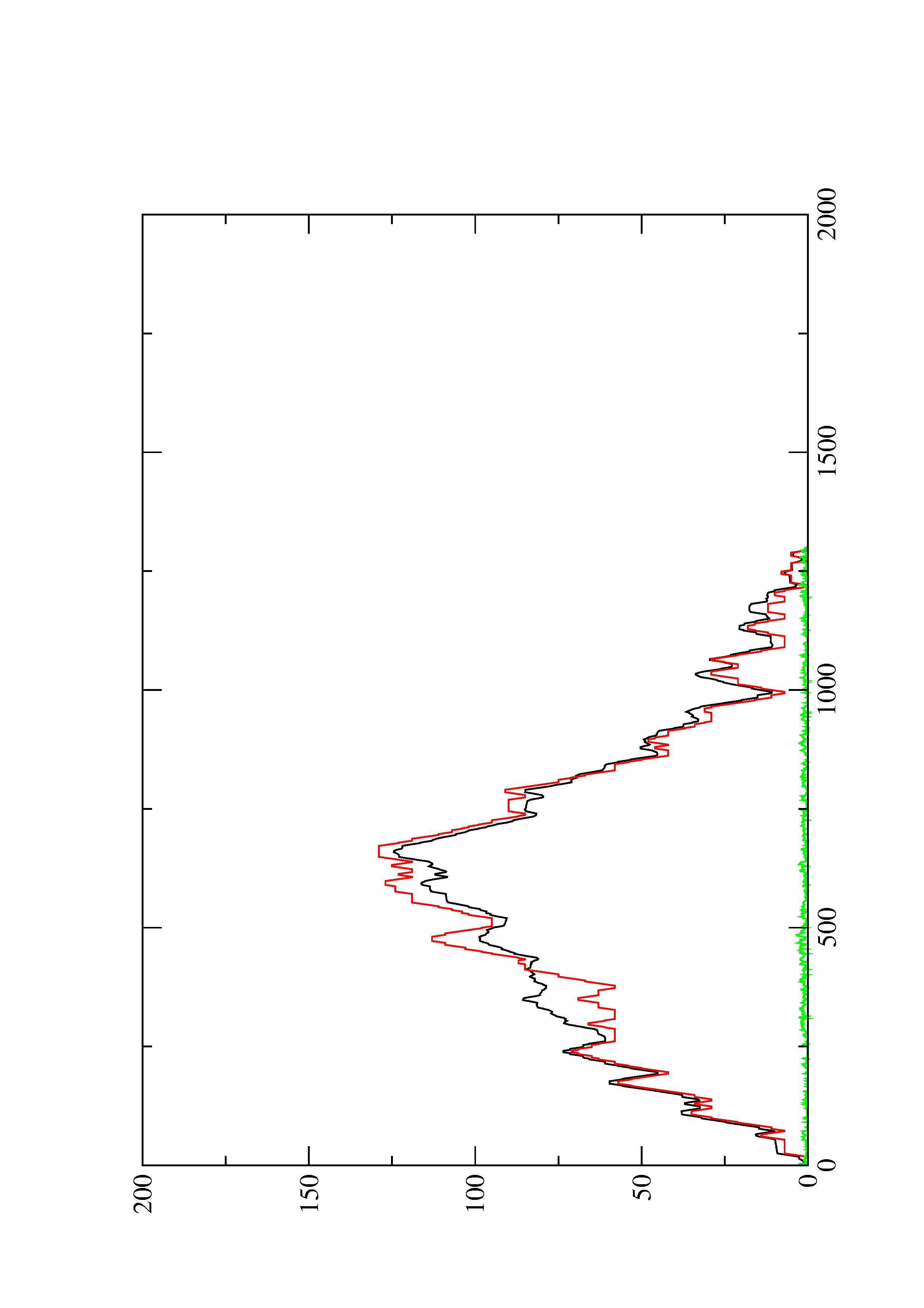lncRNA Structure Prediction
Species Name : Withania somnifera Sequence Id : GBHJ01026951.1
I. Result for minimum free energy prediction
The optimal secondary structure in dot-bracket notation with a minimum free energy of (-248.40) is given below.
1. Sequence-
CGGCCCAAUACACACCAUGAAUAGAAUAAAAAUAAAAAUAAAAUAAAAUAAAAUGAAGAA
AAUGAUUUUUCAGCCCAUUAUUUGCUGCUGUUGUUCAUCUUAAUGGACUUCAACCCAUUA
UCCCAUCAAACUGAUGCUGCCGAAAUAAUGGACUUGGGCCCUUUUUAGGCUUUCAUCAGC
CCAAAAAGGGCCUUAGCAAGAUGUUUGAAUAUAGAAAAUGCGAGGAGAGUCCAAAUGAAU
UCAGAUGGAAGGAUCAUGCAUGAAACAAAGAAAGGAAAAAAGAUUAGGUAAUGUAAGUUU
AUAUCACCAUUCAAAGAUAGAAGAAAUUGAUGCUUAUAAAGUUAGUUAAUGCAACUGAAA
UAUUCCAAGUCAAAACAUAGACAAAUGAAUUUUAUAUACUCUGAAGGUGGGAAUAAAAAC
AUGCUUAAAUUGCCUAGACAUGCUAGUUGGGUUUCUAAGCAAUACGUGCGGCACAUAAGA
AUUGUUUAAUUGCUAAACCGGGCAAAAUGAAAAGAAAAACCUGCAAAGGCAAACAUGAUU
GGCAUUAUAUGGCCUUUAUUACUAACUCAUGAGAAAUUAAACAACUUGGAUACAUUAACC
AUUCUCGAAGCUACUUCUGUUCAUUUAUAAACGUAAAUUGUGCUAAUUCUUCUUAUAAAC
AAUUUAACACUCAAUUAGACACAUUUUCCAUAUGACACCAAGUAAAUGAGCGCUUGCCAG
GCCAAAAGUAUGUCAAGAACACUACAUAAACAAAAAAACAUAUAAGAUCUAGUGCAGUCA
GCACUCAAACGUGCUGCUUACCUUUAUUAAUUAUACAAGUCAAUUUGUCUAAGGAAACAA
UAUAUAUAAUCAACCAUCUUGUAAAUUAUGAAGGGAAAAAUCCCCCUUUCAUUUUAGAAA
AAGGGUAGAAAACAAAGUCACAUACACAUCGAGCCAAGAUCUCAAUUUUAAGCAUAAAAG
AGCAUAUGGACAGAGCAGACAAGUCCUACGGGUUACUAAUUUUAUCACUUAAACAUACUA
CCUUAGAUCUCAACCUUAAGGGGUCUGUUUCCAUCUAACUUGUGUCAAGUAGGCUAAGUG
AACAAAUUAGCCACAGAAUCAACCAAAUAACACUCUUAAGAUCCAGUUUUAACAUACAAA
GGAUGAAGAGGAAAUCUAAGCUAAAACCUAUUGUCAUUUACUAGCUCCAUCAUCAAGAUU
AUAAUUCUCCCUAUUCAAUAUGUACGUCUAAUCCAUAAAAUGUCAAUGAACAGAAAGCAA
AACUAAAGUAUACCACAAGGAUCCAAUUUUUCUUAUUUCC
2. MFE structure-
.................(((((((.............................(((((((.....)))))))((((...((((((((((.((((((((..((((((........))))))...(((((...)))))..(((((....(((((((((((((((((((.((((......)))).)))))))))))..(((((
(((.((((.((((....(((((..((...((((..((....))..))))....)).))))).........................(((.(((((....))))).)))..................(((((..........((((((.....))))))..........)))))....(((((((((..((((((((....
.((((((((((...........((.......))((.((((((((.(((.(((((...((((((....((((..........))))...))))))))))).)))................(((((((..((...(((..((((..((((((((..................(((((...........(((.........))
))))))((((...)))).....((((((....))))))((((((((((........................)))))).))))....))))))))..))))....))).))..))).)))).....)))))))).))..(((((.........................)))))....((((((......))))))))))
)))))).....)))).))))..))))))))).............)))).)))).))))))))..........((((....))))((((((......))..))))..........))))).))).....))).)).................((........))..))))))))))))).))))).....))))..(((((
((..(((((((............((((((((........))))))))......((((.((((...)))))))).)))))))..)))))))......................(((((...((((.((........))...)))).)))))........(((((..................))))).........(((..
.....)))..)))))))...(((((...............(((......)))...............)))))....(((((........)))))......
You can download the minimum free energy (MFE) structure in
II. Results for thermodynamic ensemble prediction
1. The free energy of the thermodynamic ensemble is [-269.27] kcal/mol.
2. The frequency of mfe structure in ensemble 1.96574e-15.
3. The ensemble diversity 254.61.
4. You may look at the dot plot containing the base pair probabilities [below]

III. Graphical output
1. A note on base-pairing probabilities:--
The structure below is colored by base-pairing probabilities. For unpaired regions the color denotes the probability of being unpaired. The reliability information of RNA secondary structure
plot in the form of color annotation, Positional entropy ranging from red (low entropy, well-defined) via green to blue and
violet (high entropy, ill-defined).
2. Here you find a mountain plot representation of the MFE structure, the thermodynamic ensemble of RNA structures, and the centroid structure. Additionally we present the positional entropy for each position. The resulting plot shows three curves, two mountain plots derived from the MFE structure (red) and the pairing probabilities (black) and a positional entropy curve (green). Well-defined regions are identified by low entropy.

